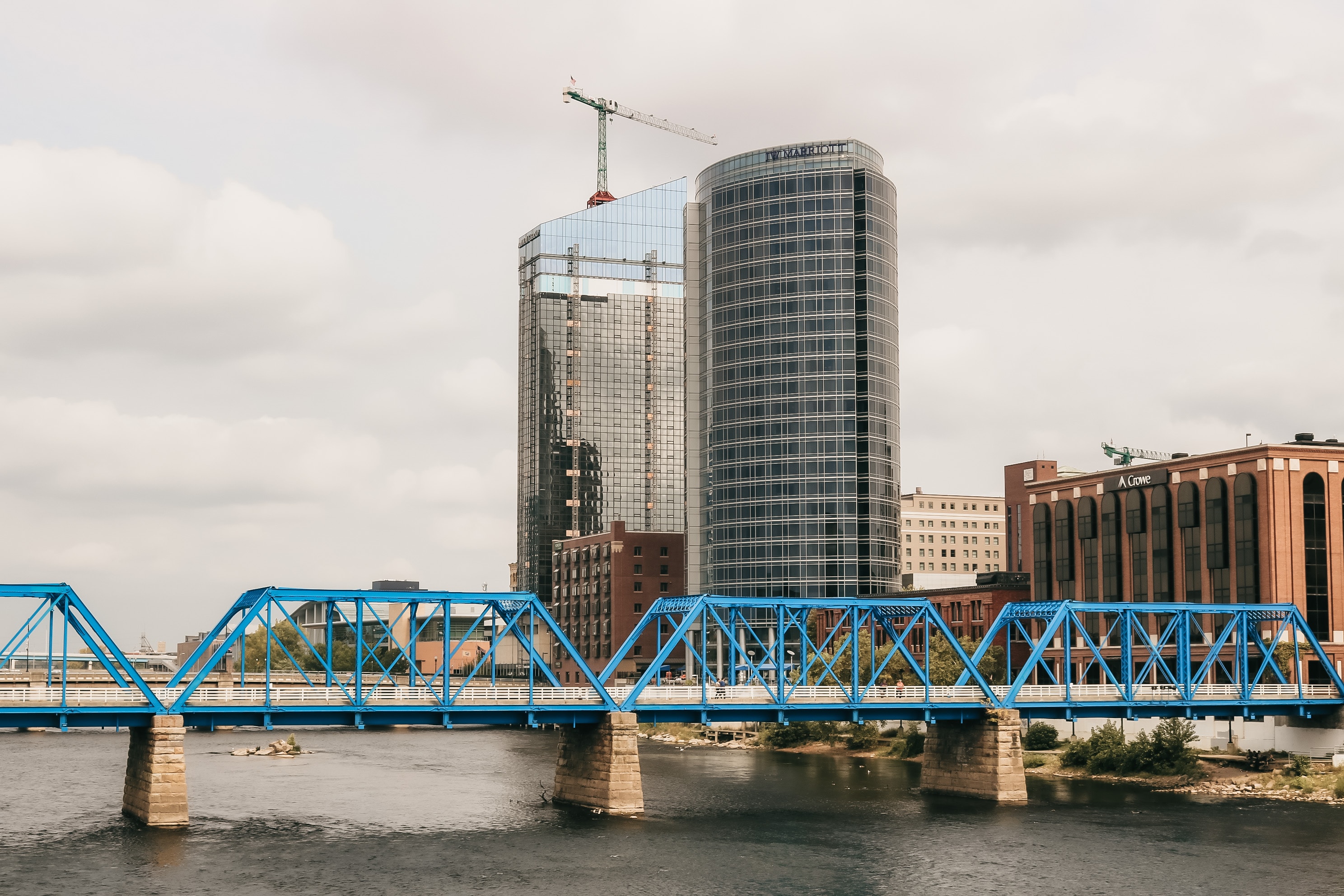The Grand Rapids Odyssey: Nature, History, and Urban Evolution
The Origins and Early Days
Grand Rapids, a city that sparkles in Michigan’s landscape, owes its name to the Grand River’s rapids. This river, with its vast expanse stretching over 250 miles, has been a cornerstone of the region’s history. Native American tribes, such as the Ottawa and the Potawatomi, revered the river, relying on its waters for sustenance and its banks for shelter. These tribes recognized the river’s bounty, from its fish-rich waters to the fertile lands surrounding it.
As European settlers began to explore North America, the Grand River’s significance only grew. The rapids, with their cascading waters, became a beacon for traders, explorers, and settlers. The river’s strategic location made it an ideal spot for establishing trade routes, setting up mills, and building communities. By the 19th century, the river had transformed from a natural marvel to an economic powerhouse, driving the region’s growth and prosperity.
Urbanization and Its Impact
The dawn of the 20th century brought rapid urbanization. Grand Rapids, like many American cities, was evolving. The once free-flowing rapids of the Grand River faced challenges. Engineers and city planners, eager to harness the river’s power and prevent seasonal floods, constructed a series of dams. These structures, while vital for the city’s industrial growth, had an unintended consequence. The roaring rapids, which had been the city’s namesake, were tamed.
However, the river’s spirit remained undeterred. Even with the dams, certain sections of the river, especially after seasonal rains, would roar back to life. These moments, albeit brief, served as a reminder of the river’s glorious past and hinted at its potential future.
Community Efforts and Restoration
As the 21st century dawned, a renewed sense of community spirit emerged in Grand Rapids. Residents, having grown up hearing tales of the river’s grandeur, began to envision its restoration. Organizations, both governmental and non-profit, took note. The Grand Rapids Whitewater project, for instance, emerged as a beacon of hope. Their mission was multifaceted. Not only did they aim to restore the river’s natural flow, but they also sought to rejuvenate its surrounding ecosystem.
These restoration efforts were not solely about bringing back the rapids. They encompassed a broader vision. By reintroducing native species, removing obsolete dams, and creating natural habitats, the project aimed to transform the river into a hub for recreation, tourism, and ecological education. The community’s dream was to see the river bustling with kayakers, teeming with fish, and lined with families enjoying its beauty.
The Grand River Today and Its Offerings
Today, the Grand River stands as a testament to the power of community vision and perseverance. While the full restoration is an ongoing process, significant strides have been made. The river, once again, is becoming a focal point of Grand Rapids.
For adventure enthusiasts, the river offers a plethora of activities. Kayaking and canoeing are popular, with several local businesses offering rentals and guided tours. Fishing enthusiasts can find a variety of species, from trout to bass. For those who prefer a more relaxed experience, the riverbanks offer scenic trails, perfect for hiking, jogging, or a leisurely stroll. Along the way, informational plaques provide insights into the river’s history, its native species, and the community’s restoration efforts.




